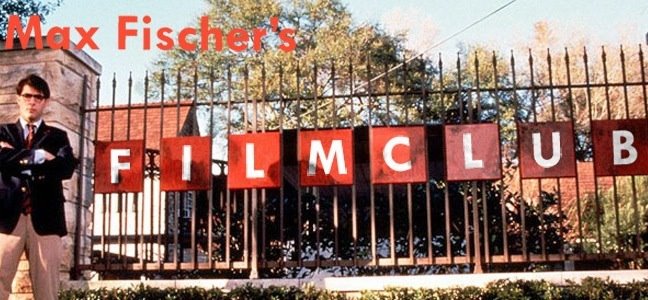 Another year draws to a close and another list of critic’s top ten end-of-year lists crop up everywhere. Although I have a top ten list of my own (including the likes of Star Trek, Inglorious Basterds, The Hurt Locker, The Fantastic Mr. Fox and Funny People) I thought I would do things slightly different:
Another year draws to a close and another list of critic’s top ten end-of-year lists crop up everywhere. Although I have a top ten list of my own (including the likes of Star Trek, Inglorious Basterds, The Hurt Locker, The Fantastic Mr. Fox and Funny People) I thought I would do things slightly different:I genuinely don’t understand why there was so much love for this film. Aside from a fun opening and a shockingly uncompromising ending, the film was very predictable (gee, I wonder if the boyfriend’s uptight parent’s dinner will end in disaster?) and, with the exception of Justin Long, poorly acted. I know it’s suppose to be a fun, popcorn horror, but surely star Alison Lohman could have at least looked remotely disturbed and concerned at what was going on around her!
The much raved-about séance scene, which many felt harked back to Raimi’s g(l)ory days, simply didn’t work for me. The level of CGI (particularly involving the possessed goat) looked overly cartoon-ish and just not scary. Even the gross-out stuff done in-camera didn’t push the boundaries enough, presumably to appease the intended mainstream audience. Shame.
Don’t get me wrong, there’s much to admire in this low-budget (for the genre) sci-fi/action hybrid from South Africa, particularly the lead performance, the seamless and creative CGI and the pseudo-documentary narrative approach. I just wish that the second half hadn’t descended into a more conventional action route, complete with multiple gun fights and the snarling, bald bad guy who can’t shoot the hero without the clichéd menacing and protracted pause, allowing for him to perish first. It actually reminded me of those cheap DTV post-apocalyptic actioners from the 80’s. Ordinarily this wouldn’t be too much of a bad thing, but after the initial premise and set-up here, I felt the film was worthy of delivering so much more.
I really love Richard Yates’ novel of the same name, so as you can image, I was a little apprehensive when I read it was being made into a film. I’m not a fan of Sam Mendes for starters, but I knew he was casting good actors and upon viewing the powerful Nina Simone-backed trailer (which even managed to make my girlfriend cry - a first for trailers possibly?) I started to put aside my preconceptions and began to get excited at a possible faithful adaptation. I was very wrong.
In a nutshell, all the nuance of the book was frustratingly whittled down into a dull, lengthy slagging match between Kate and Leo. My only consolation is that maybe others who were similarly disappointed will seek out the original source material.
This finally arrived in the post after being on my LoveFilm wish list for months and it was certainly worth the wait! A superb historical ensemble drama, this is up there with Lone Star as my favourite of John Sayles films.
Although I was already aware of his early demise before I watched this film, I think the strength of Pearce’s understated but solid performances in a very short time on screen, made me really wish what was coming to him didn’t. As for the unsuspecting audience, it's a nasty and unsettling surprise when the character you wrongly perceive to be the lead, is killed ten minutes into the film - nobody is safe after that. I don't know why this guy still isn’t in the same box office league as his LA Confidential co-star, Russell Crowe.
As I’ve eloquently described above, this film isn’t for everyone, but I really responded to the minimal approach on screen here – same way I did with director Kelly Reinhardt’s previous feature, Old Joy.
Best film of the year which I haven’t seen yet, but hear great things about – In The Loop
For one reason or another, I missed this on its cinema release and I’ve subsequently been told by many friends and acquaintances how fantastic it is and how I was a fool for not catching it on the big screen. It now tops my LoveFilm list, so it could make the 2009 best of as yet.
An incredible vanity-free performance from the artist formally known as Leia Organa, playing a sexually-repressed middle-aged (and looking the part) housewife, who runs off and has lots of frantic sex with twentysomething Appalachian dancer Jesco White in this murky, stylised biopic. If you thought seeing Fisher getting it on with her own brother in a galaxy far, far away was weird, you should check this film out.

























